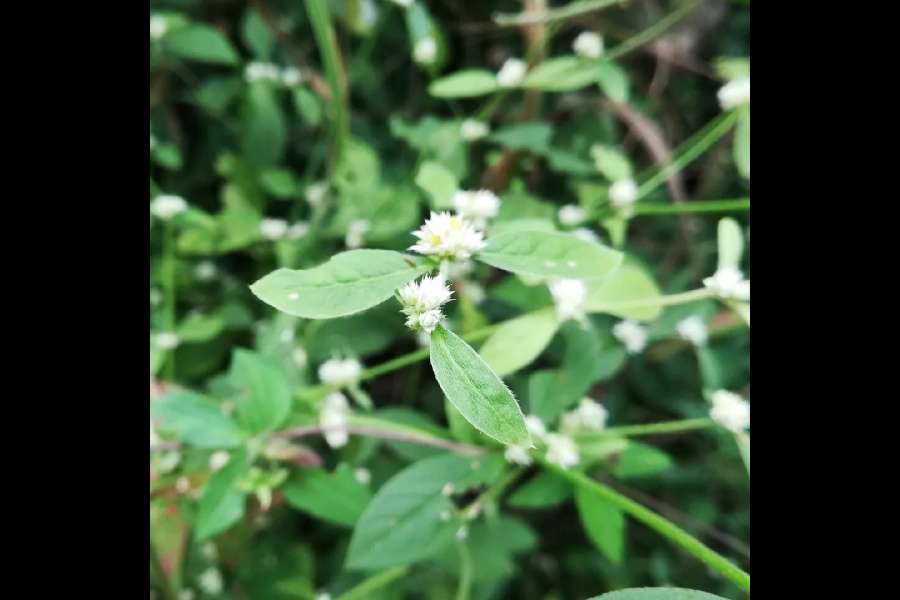Harvest of Trust. The name of the winning entry was intriguing. The stage screen showed an intricately detailed, organic tapestry. The young artist who won this year’s CIMA Award, Supriyo Manna, described his work in a few succinct words. He had extracted strands from a local weed in South India to weave his extraordinary creation.
Manna recalled how, in 2019, when he joined the Karnataka Chitrakala Parishath as a guest faculty, the institution was developing its site. The campus was being extended over a tract of the Turahalli forest on the outskirts of Bengaluru. This transformation was particularly fascinating to the former student of Visva-Bharati. His alma mater had also been built on extensive terraculture undertaken by Rabindranath Tagore in order to create a biodiverse ecosystem on the rocky-red barrenness of Birbhum. But the boy from Bengal was dismayed to find his workplace endeavour to be the construction of an urbanised utilitarian space with no consideration for native ecology. This prompted Manna to start his research on this terrain in transition “to dig out the memory of the land”. The soil was being weeded and tilled to clear space for foreign plants chosen for the beautification process. One of the indigenous shrubs being removed was the ongonne soppu or the Sessile Joyweed. It had been growing in wild abandon around the site. But it was tagged as a ‘weed’ — by definition a plant that grows wild in an area where it is in conflict with human needs or preferences — and was uprooted along with other unwanted vegetation.
Manna has long been interested in documenting and preserving narratives of non-human life forms. He works with the weight of the awareness that the anthropocene has wiped innumerable species off the face of our planet and pushed many more to the brink of extinction. Human consumption has been the driving force that has determined Earth’s fortunes or, more aptly, its misfortunes. Every other form of life has been deemed lesser than that of human beings and can be treated with greed and violence to profit the dominant species.
Witnessing the landscaping efforts around him, Manna was struck by the curious classification underlying them. He noted that weeds were called agachha in his mother tongue, a ‘non-plant’. Not only was this shrub denied the right to live, but it was also not even allowed its proper identity. Which made him ask the question — how does a plant become a ‘non-plant’?
Sitting in the audience at the award ceremony, it gave one pause for thought. Mapping the contours and the potency of words stretched the mind thin. The act of naming, labelling, categorising was so much more than simply a mode of reference. It could be used to create hierarchies, cement prejudices, and establish ideologies. Of two organisms with leaves and shoots and roots and blooms, one was considered a plant, and the other was not. What made us differentiate between two similar life forms? One was grown with cost and care, while the other considered a waste of space and uprooted in irritation. A creature with fur got to cuddle with you on your bed, while another with furry legs warranted immediate squashing to death. And even within the same species, the small and white ones got a nice cage and were fed bits of cheese, while those born slightly bigger and browner had poison and traps waiting for them. What made us prefer and prioritise one species over another? Why are some animals pets and others pests? Why are some flora ornamental landscape choices and others ignominious intruders in flower beds?
The answer, of course, would be that whatever humans deem useful or attractive has an advantage over whatever is considered ugly or unusable. The needs, well-being and complex lives of all other life forms on Earth are reduced to their worth to humankind. Placing Homo sapiens at the pinnacle of the pyramid, all other entities are classified and treated based on what they have to offer their human owners and masters. Nature is a plethora of variegated voices that constitute our world, but the final word is always human.
Interestingly, the principles of functionality and attractiveness are not absolute. The concepts of beauty and utility change with time, place and context. What is treasured in one culture is discarded elsewhere. And often, preferences change with time even within the same region and the same people. The plant protagonist of our story is itself a case in point. The ongonne soppu had not always been planta non-grata and shunned in the present manner. It was once a source of food and herbal medicine in southern India. When globalisation brought remedies in tubes and phials as well as food with fancy labels and fancier names, the shrub started losing its very right to existence, steadily and inevitably.
Thus, not only did random speciesism determine quality of life but it could also rob an entity of its very essence. The nomenclature that inverted identity percolated through prejudice and became the justification for eradicating the existence of an organism. Taking away the very ‘planthood’ of a shrub was the rationale behind making sure not a single one was left on a tract where it had once flourished. By the same principle, if enough people could be convinced that a certain demographic is ‘lesser’ than human in some manner, the possibilities of oppressing members of this sub-human group became endless. By taking away their humanness through appellations pertaining to lower life forms, they could be marked as vermin infecting the social order, to be weeded out through the most stringent of means.
Researchers like David Livingstone Smith have been studying dehumanisation — its roots, rationale and processes — as a psychological response activated by political forces. He explores how throughout history the denial of full humanity reduced certain people to ‘lesser’ life forms deprived not only of basic rights but also their core identity.
The shrub that Manna was observing, however, did not give up easily – it fought with all its green might. The artist in Manna wanted to reach out to this ‘weed’, but it wasn’t easy. Years of neglect had turned its delicate blossoms into prickly defences. But he persisted. “I wanted to build a trust between us through dialogue,” he said. “I was prepared to endure the agony of harvesting. Word by word, a discourse was woven together. Warp by weft, the narrative became a tapestry. It was the autobiography of a ‘non-plant’.”
The result was an imperfect pattern of roughly hewn strands jagged at the edges and inconsistent all over, with shrivelled little blooms dotting the work. There was unassuming beauty and quiet strength that came together in its unfiltered, unapologetic ‘plantness’. As the eye followed the fibrils over and under other frays and fragments, these lines by Kate Forster came to mind: “I think it’s a deep consolation to know that spiders dream, that monkeys tease predators, that dolphins have accents, that lions can be scared silly by a lone mongoose, that otters hold hands, and ants bury their dead. That there isn’t their life and our life. Nor your life and my life. That it’s just one teetering and endless thread and all of us, all of us, are entangled with it as deep as entanglement goes.”










